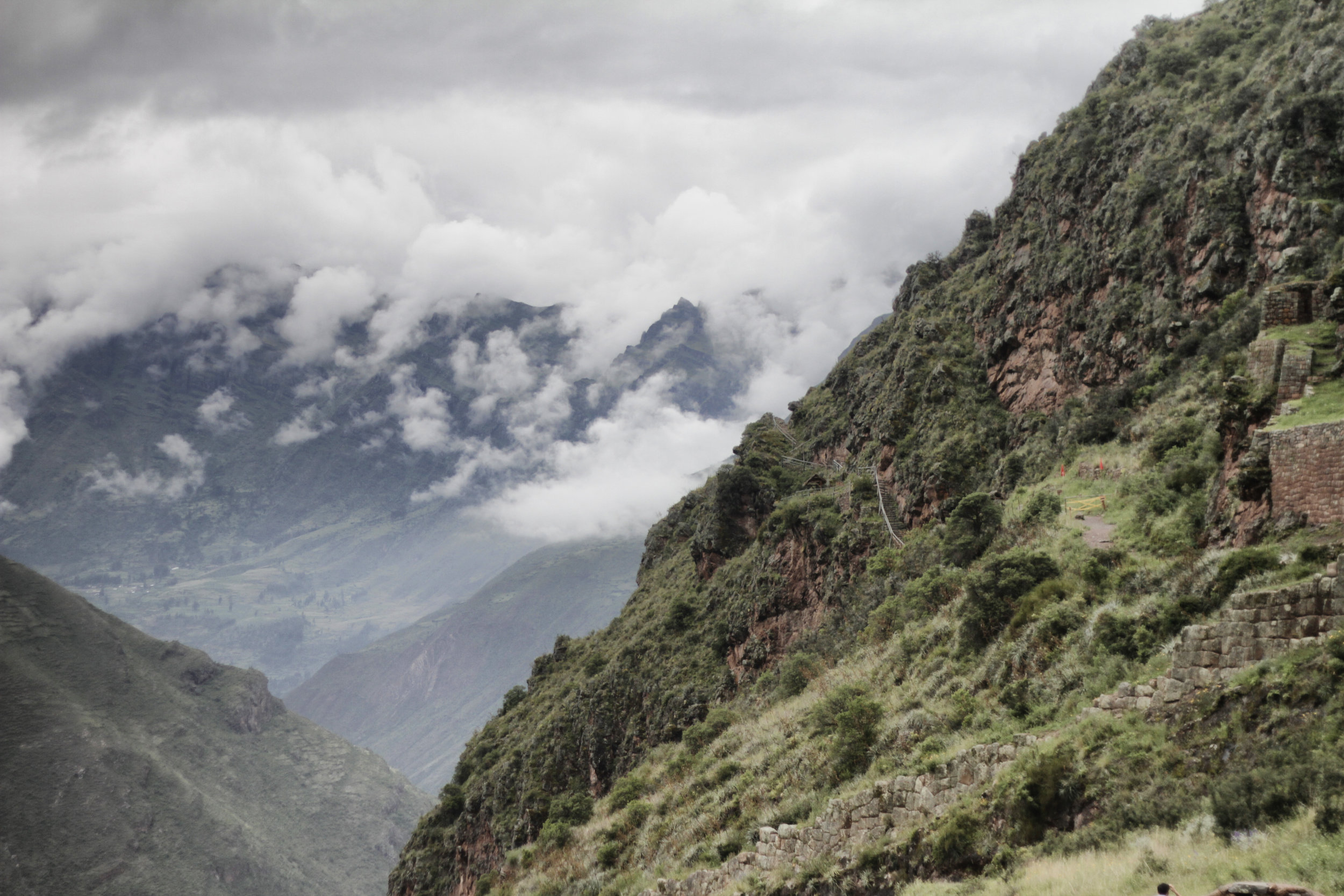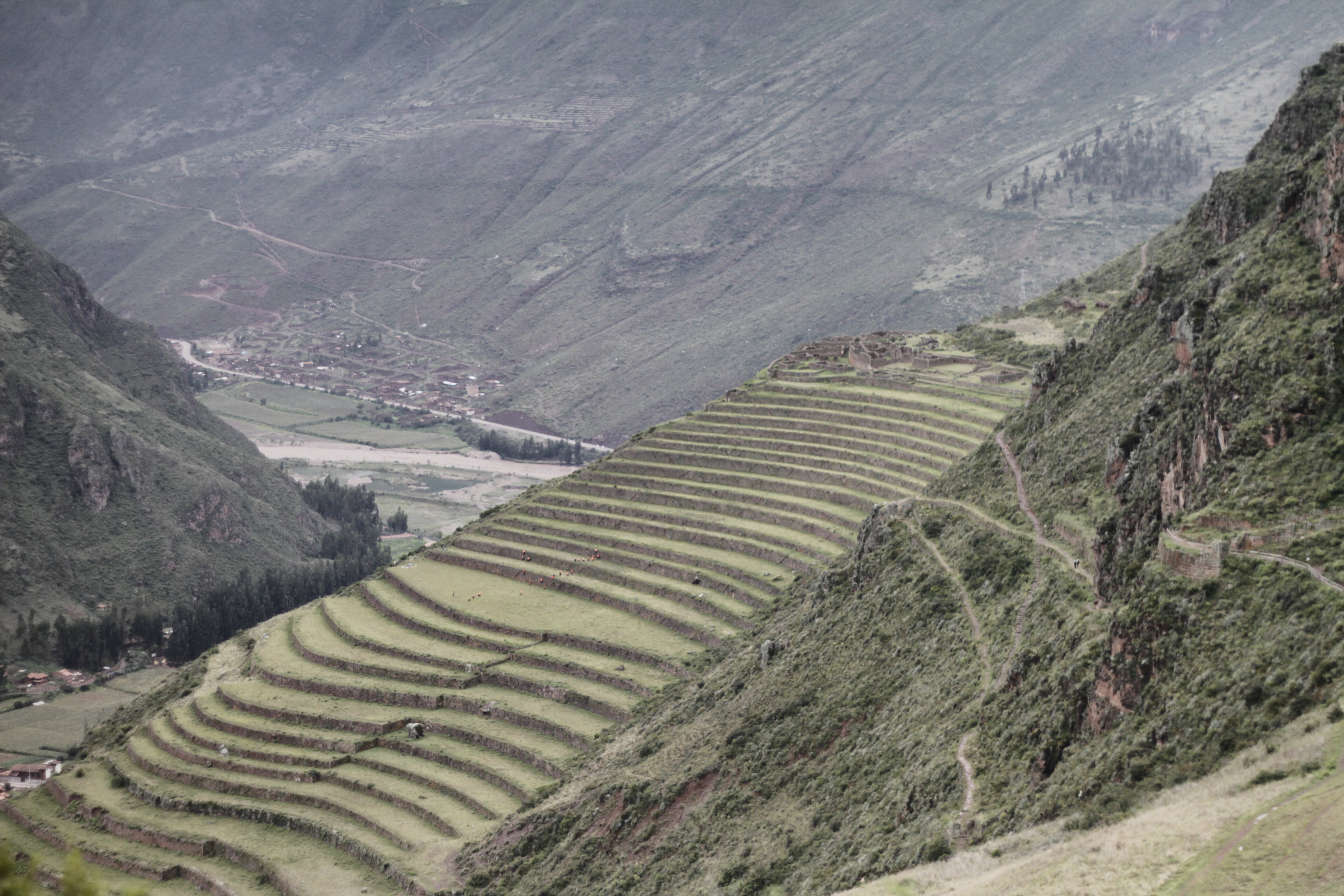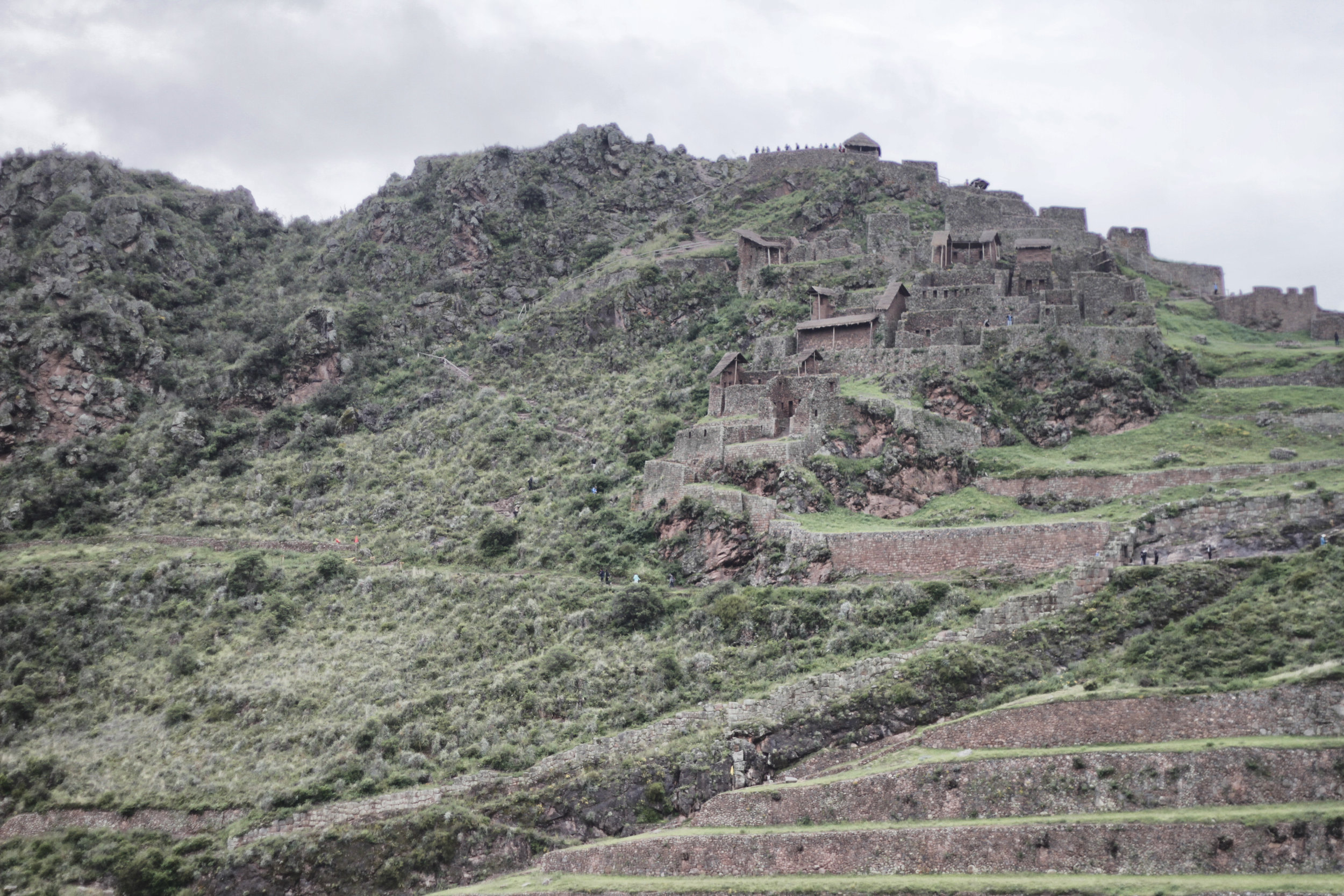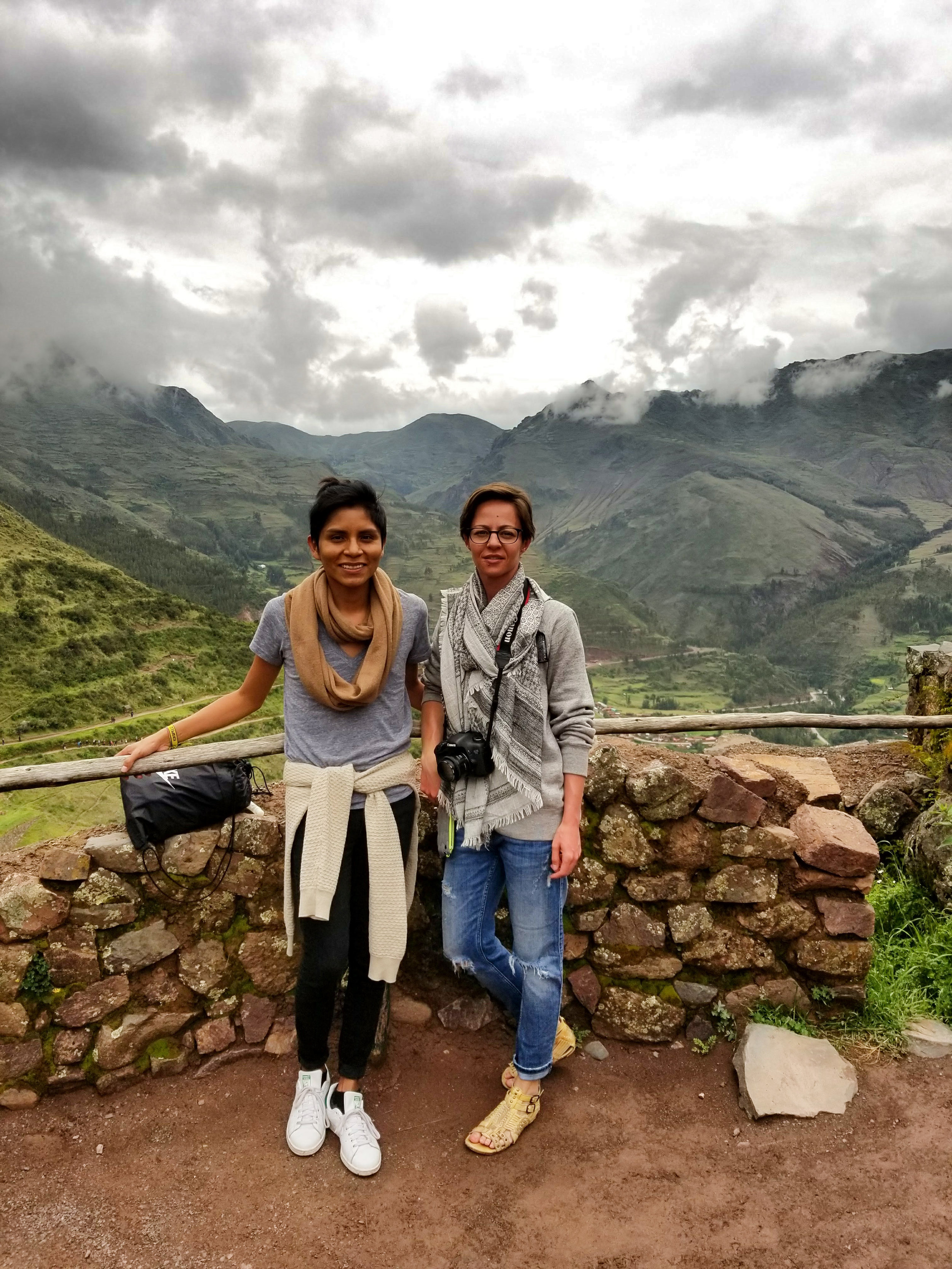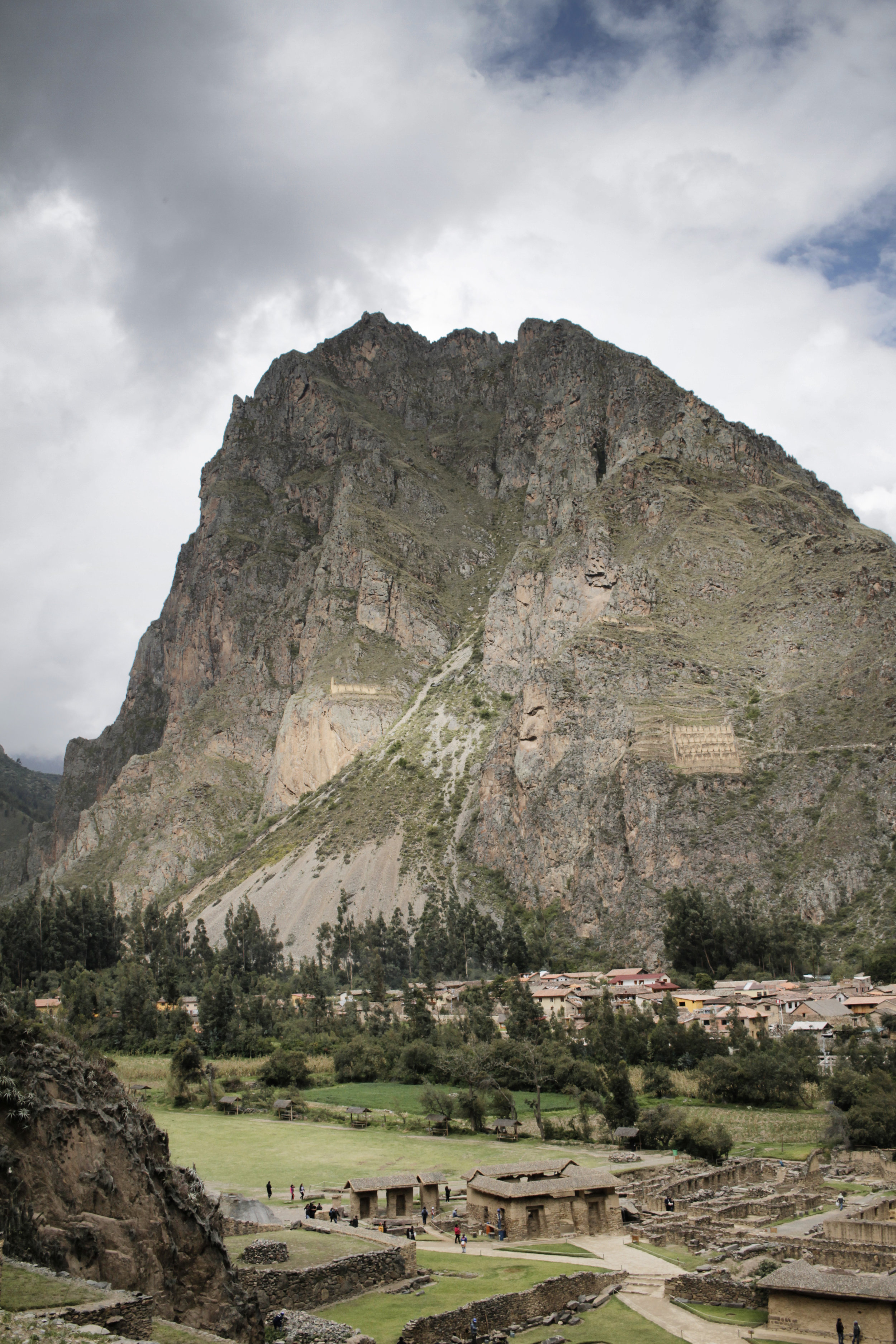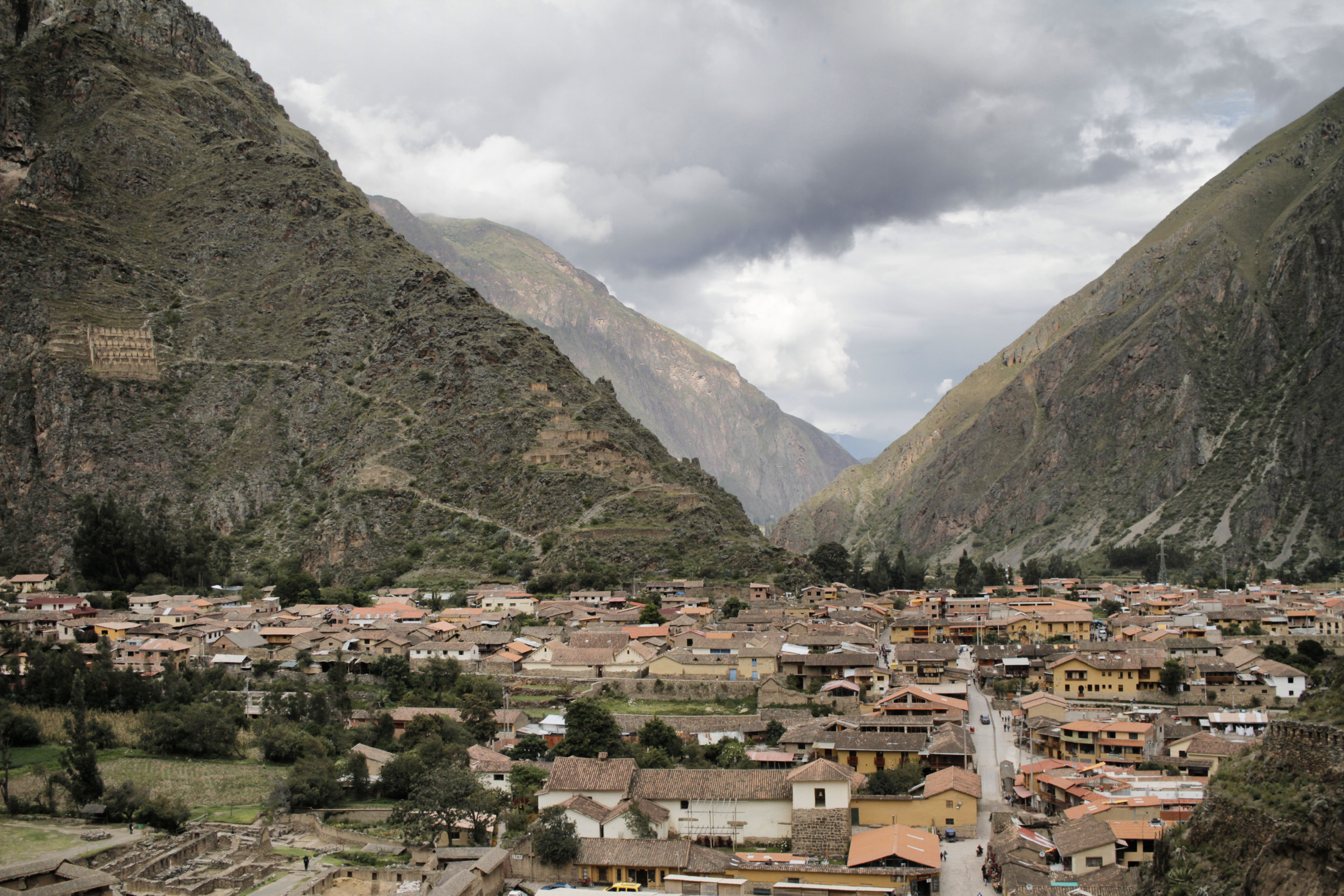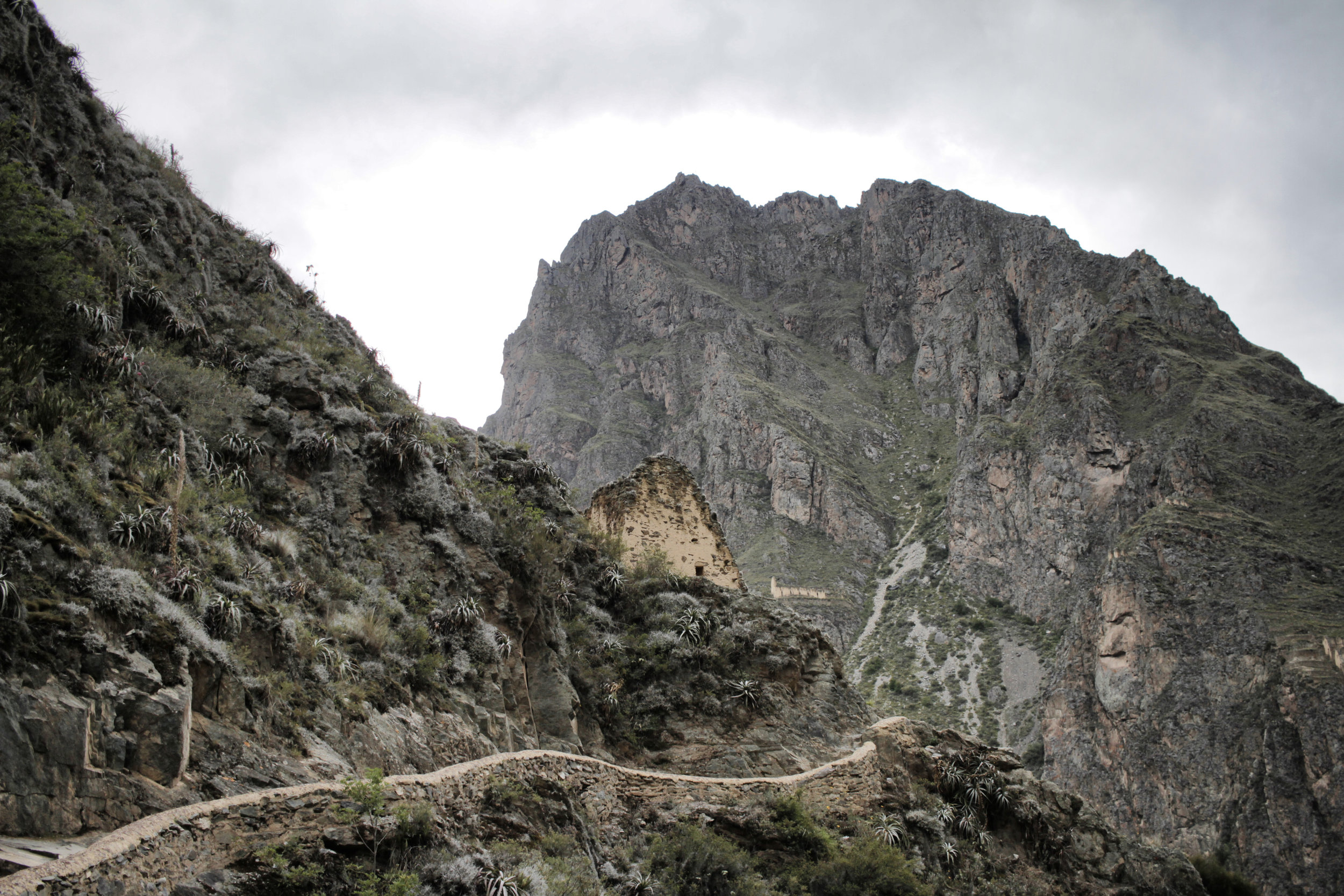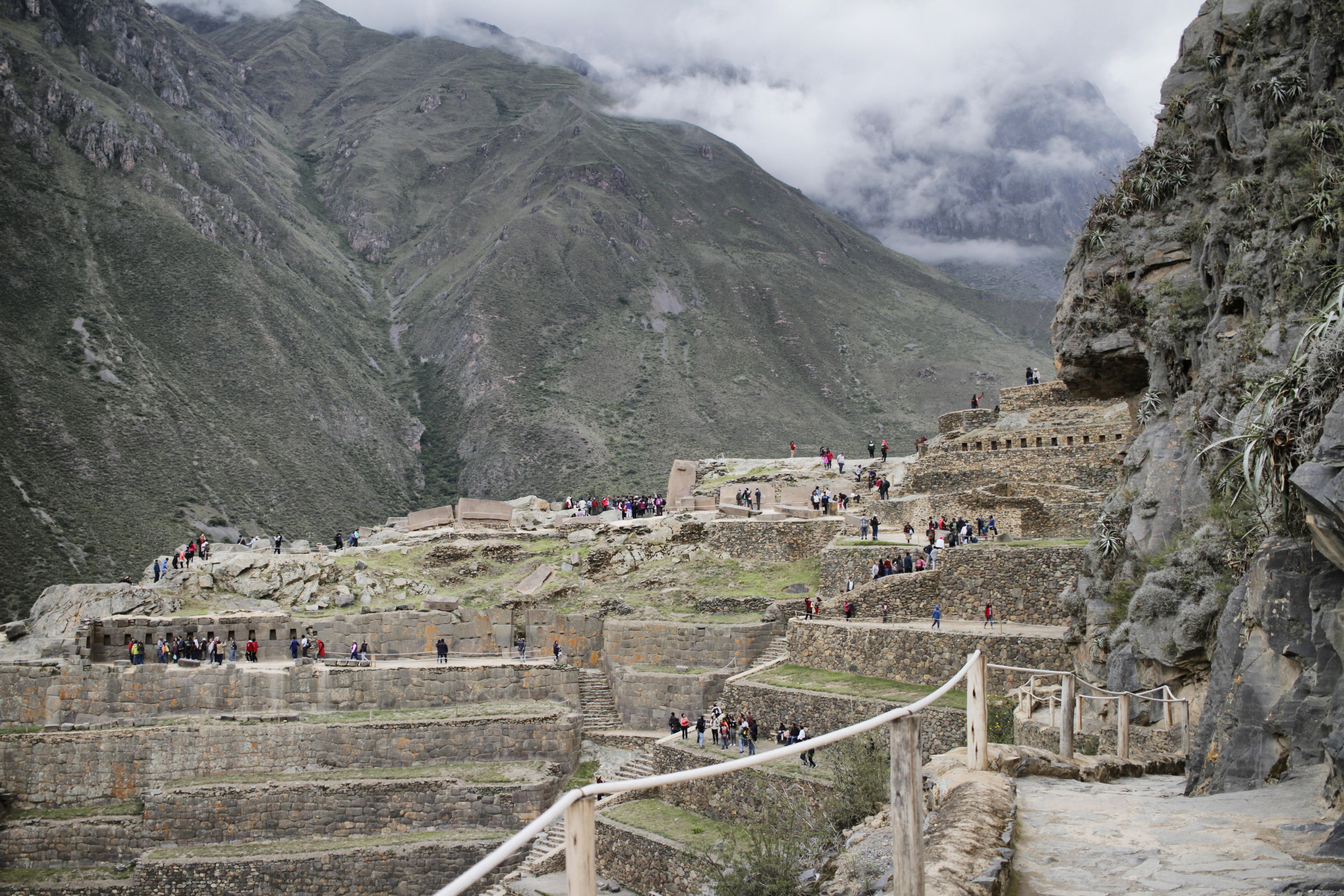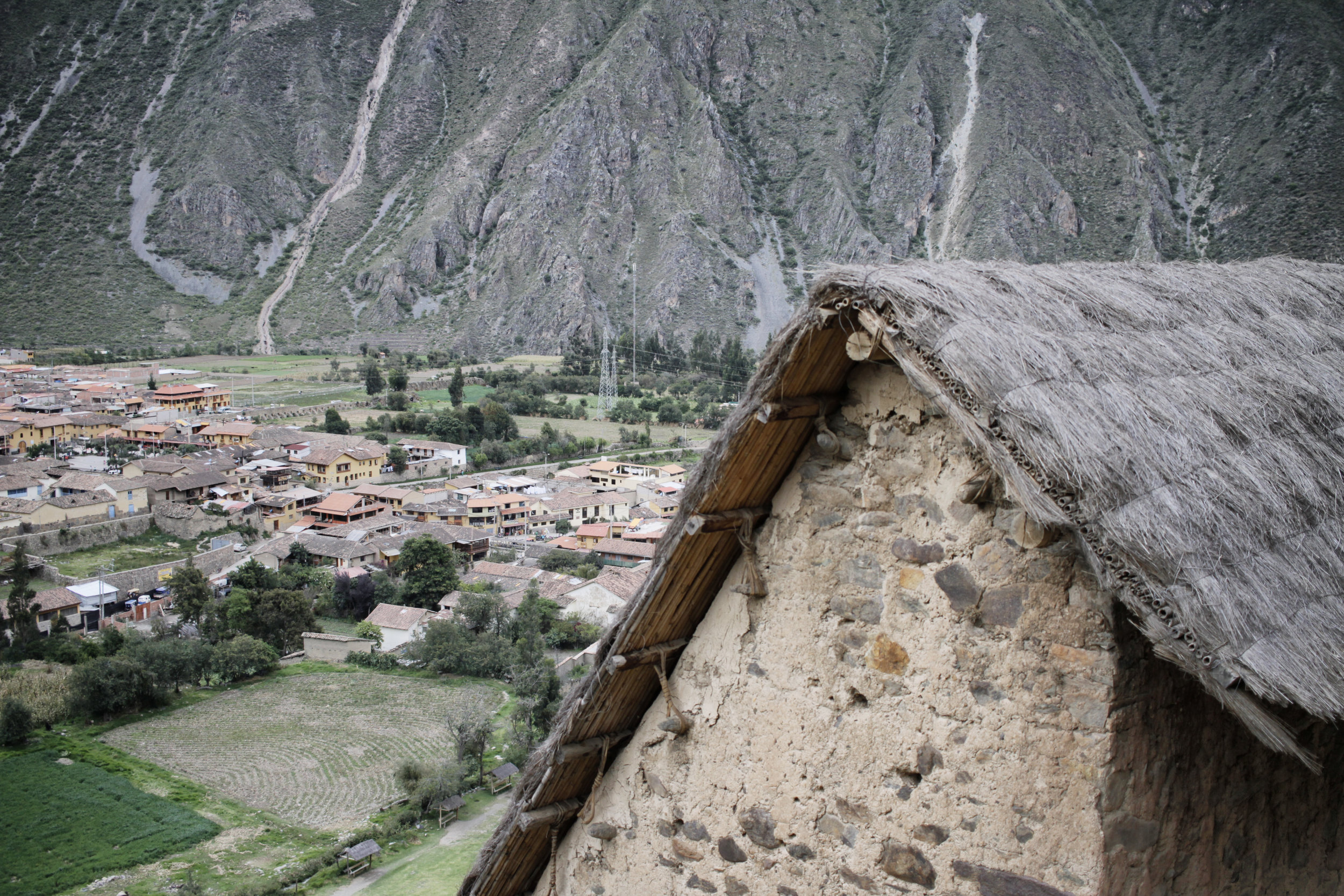Sacred Valley, Peru
Sacred Valley: Peru's Andean Highlands
The Sacred Valley is a region in Peru's Andean highlands. Together, Sacred Valley, Machu Picchu and the nearby city of Cusco formed the heart of the Inca Empire until it was conquered by the Spanish in the late 1500's. Today, the region is covered with fertile farmland and filled with gorgeous Spanish colonial villages like Pisac and Ollantaytambo.
My time in Peru was nearing an end. It began with 24 Hours in Lima to meet up with my Peruvian friend two weeks earlier and then on to the Islands Made of Rock & Tropical Deserts of Paracas, Dune Buggy Rides & Wine Tastings in Huacachina and The White City of Arequipa. From Arequipa, I spent a day Hiking Peru's Epic Colca Canyon and then traveled on to Cusco, Once the Capital of the Inca Empire. From Cusco, a Near-Death Experience on Rainbow Mountain, a day trip to the Sacred Valley: Peru’s Andean Highlands and finally, a visit to Machu Picchu: A Dream Come True.
Explore the Ruins of Pisac
My good friend, Esau, and I booked our Sacred Valley tour through an agency in downtown Cusco. We woke early for breakfast at our hostel, Kokopelli, and met our contact at 8:30 a.m. The walk across town to the bus took quite some time but finally, we were on our way.
Pisac was our first destination and nearly an hours drive northeast of Cusco. The Pisac Ruins are among Peru’s most extensive archeological sites in the Sacred Valley of the Incas. Scattered over a long mountain crest reaching 1,000 feet, burial sites are built steep into the hillsides overlooking the southern end of the Urubamba Valley.
Beautiful terraces covered every thinkable surface. Built by the Incas for many reasons these terraces create micro-climates (agriculture), preserve land (prevent landslides) and impress other villages. The views were absolutely stunning as the clouds rolled in through the valley.
Every inch of the ruins was packed with tourists roaming in and out of the passages. Our time was limited so we weren't able to trek down the longer paths but Esau and I hiked to the top of the main ruins for a few photos then made our way back down to meet our group.
On our way out of the valley, we stopped in the town of Pisa to learn about stones and minerals of the area. We learned the differences between real and fake silver and I picked up a little egg-sized stone of Azurite said to enhance creativity and inner wisdom. And of course, always interested in feeding my belly, we picked up a snack of potatoes and fish. It was really delicious and something my friend as a local recommended we try.
Discover the Village of Ollantaytambo
Our group packed the bus once again and hit the road. After some time, we stopped in a tiny town for lunch. There were the sweetest little kittens sitting outside one of the shops.
Next, we drove to Archaeological Park Ollantaytambo, home to some of the best preserved Inca ruins in Peru. The ruins at Ollantaytambo were much larger and in better shape than Pisac and the surrounding town was very well preserved as one of the best examples of Inca town planning.
Called Ollanta by the locals, Ollantaytambo is an ancient Inca temple and fortress as well as a village in Peru, located in the northwestern part of the Sacred Valley of the Incas. It was an estate of the Emperor Pachacuti who built the ceremonial center and surrounding town. It’s ruins lie on a steep hill called Temple Hill, commonly known as the Fortress.
The site is divided into three main areas including the Temple Sector which is built out of enormous cut and fitted stones which signify much importance because the stones themselves came from over three miles away across the Rio Urubamba. The main structure is the Sun Temple with an uncompleted Wall of the Six Monoliths. Remaining unfinished, perhaops due to Spanish invasions causing the Inca to retreat to Vilcabamba, the Lost City of the Incas.
Our guide spoke in depth about the significance of the faces in the opposing mountainside. As we followed him up the hillside we could clearly see the shapes he was speaking of. One was formed naturally (look at the profile of the mountain and the dark shadow representing an eye) and the other, carved by the Incas (shown in the middle of the mountain, above). On June first of each year, the sun shines directly through the profile forming a triangle on the "sun" rock, creating an ancient calendar.
"Fridges" were formed high in the mountainside by carving caves and ventilation systems to create a cooling effect from the breeze. This meant Incas had to climb up into the mountainside to retrieve food for each meal but items wouldn't spoil as quickly.
The Ollantaytambo area also serves as a starting point for the well known Inca Trail. The Inca Trail is typically a four to five day hike ending at Machu Picchu. It consists of three overlapping trails, some of which are much more arduous than others reaching 13,800 feet above sea level often causing altitude sickness. Much of the trail itself is of original Inca construction and passes through a number of Andean environments including cloud forest and alpine tundra.
Over my time in Peru, I spoke with a number of visitors who had experienced the Inca Trail and none admitted it was easy. Temperatures are cold, food preparation is a struggle, bugs are a real concern and bathroom conditions are pretty much non-existent on this 26 mile hike. Nonetheless, if you’re interested make sure to book early as high season books out very quickly. Due to erosion the Peruvian government has placed a limit on the number of people who can hike, 500 each day with only 200 as trekkers and the rest as guides and additional support.
Our time at Ollantaytambo was coming to an end and although I felt we didn't have enough free time to explore the grounds it was well worth it. Esau and I wandered down a path around the side of the mountain to see what we'd find. It led us to some fountains on the lower level and out to the exit where our group was waiting.
Visit a Textile House in Chinchero
After loading the bus, we made our way to Chinchero to visit a textile house called Centro de Textiles Tradicionales del Cusco. The textile house is a non-profit organization using the sustainable practice of weaving Peruvian textiles to promote and empower local weavers. Our group gathered around to watch a demonstration on the process.
One of the young girls explained how to clean and weave alpaca wool to produce "yarn" and then showed the dying process. Each color is made with natural ingredients combined with lime juice and cactus mold to set the color. Each color was so richly saturated, pretty incredible for a natural process.
The market was super cute and full of textiles for sale. There were some amazing pieces too. Esau found a gorgeous rug and I picked up a black wool hat for 95 soles ($32 USD).
Just as it was getting dark our group walked up a little hill to a local church, Iglesia Colonial de Chinchero, one of the very few that withstood the Spanish invasions.
Afterward our bus dropped the two of us off in town so we could catch a collectivo (shared ride) to our hostel in Ollantaytambo. In the morning, we'd head to Aguas Calientes by train and on to Machu Picchu.



